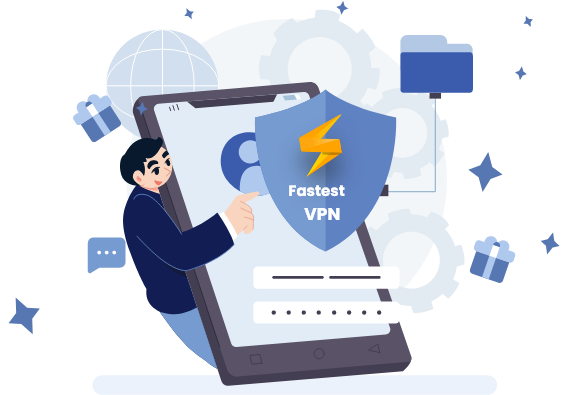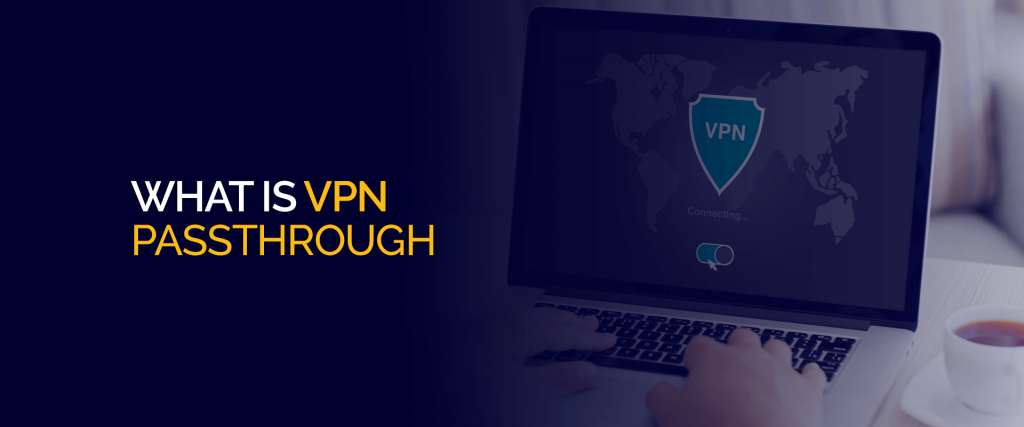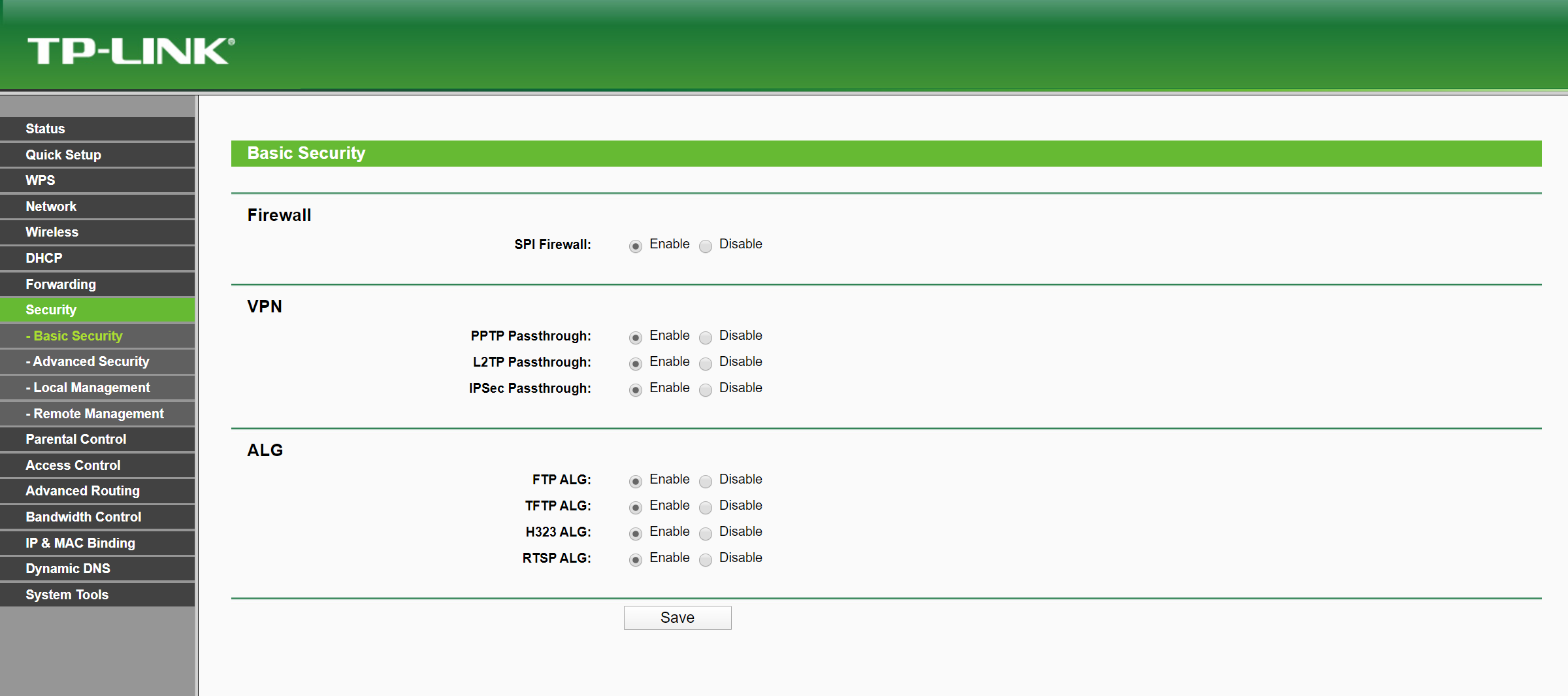

Get 93% OFF on Lifetime
Exclusive Deal
Don’t miss out this deal, it comes with Password Manager FREE of cost.
Get 93% off on FastestVPN and avail PassHulk Password Manager FREE
Get This Deal Now!By Nick Anderson No Comments 4 minutes
VPN allows users to establish a private connection between a device and a server. You can use a VPN through an app, like most commercial VPNs, or by configuring the router with VPN settings. Routers today have the functionality to allow VPN configuration, but many older routers have problems dealing with VPN traffic.

That’s where the VPN Pass through comes in. As a clear-cut answer to “what is VPN passthrough,” it tells the router that the traffic is allowed to leave and enter your router. In this blog, we’ll cover in detail “what is passthrough”, why VPN Passthrough is needed, and how you can enable it in your VPN router.
VPN works with several protocols, such as PPTP, IPsec, and OpenVPN. Routers use a NAT (Network Address Translation) table to translate local IP to public IP and deal with outbound traffic. It needs to know that the traffic leaving the router is allowed. Modern routers are versatile when dealing with VPN traffic, but older routers are not.
Learning about “what is VPN passthrough”, it refers to the feature that allows your device to establish a VPN connection with a remote server using the PPTP and LT2P/IPsec protocol. The two said protocols are old; hence, routers cannot work flawlessly with them. FastestVPN, an Eero VPN, supports both protocols, so an old router might not allow you to establish a connection while using PPTP or LT2P.
VPN encapsulates your data with an outbound IP address. The router receives the request and tries to apply the NAT process, but it cannot understand the type of traffic that’s passing through the VPN Pass through
GRE (Generic Route Encapsulation) communicates between two virtual points. It encapsulates data and ensures its delivery while it travels through multiple nodes on the internet. With VPN Pass through, PPTP uses GRE with a call ID attached that forgoes the requirement of a port number that NAT uses.
Similarly, IPsec uses NAT-T, which encapsulates data into a UDP packet. The UDP protocol works with NAT. It allows the NAT to recognize it and gives it a port number through which to forward the packet.
Now that you know about “what is passthrough?” Let’s now learn about enabling it. It should be said first that if you’re using a different protocol, then this feature is not needed. Protocols such as IKEv2 and OpenVPN are superior to PPTP and LT2P/IPsec in every way, and FastestVPN, an Eero VPN comes packed with all of them.
However, if you are dealing with PPTP or LT2P, you can enable the option in the router. In most cases – if not all – this option should be enabled by default. Settings menu and navigation varies from manufacturer to manufacturer. Below is an example of a TP-Link router page.
Enable the relevant options under the VPN sub-heading under the Basic Security tab.

IPsec Pass through is a secure network technology that allows encrypted communications between devices while providing data confidentiality and source authentication within VPN connections. It secures data transfer by encrypting IP packets.
A VPN Passthrough is a router function that allows VPN traffic to flow through using older VPN protocols, most notably IPSec and PPTP, which may be incompatible with contemporary routers. The primary contrast between VPN Pass through and IPsec Pass through is that the latter permits connections for devices that do not have native IPsec capability. At the same time, the former assists devices that connect directly to a VPN server.
Modern VPN protocols such as OpenVPN, IKEv2, and WireGuard are NAT-compatible, eliminating VPN Pass through’s requirement. When using IKEv2, PPTP, L2TP, or IPSec, however, activating VPN Pass through is required to ensure smooth VPN communication.
This article gave you a brief answer to “What is passthrough”. For most people, this is going to be a non-issue simply because there are more advanced protocols that seamlessly work with NAT. FastestVPN, an Eero VPN, uses the IKEv2 protocol by default in its Windows and iOS apps.
Unless you are trying out the protocols, we recommend sticking to IKEv2 and OpenVPN for establishing a VPN connection.
© Copyright 2025 Fastest VPN - All Rights Reserved.


Don’t miss out this deal, it comes with Password Manager FREE of cost.
This website uses cookies so that we can provide you with the best user experience possible. Cookie information is stored in your browser and performs functions such as recognising you when you return to our website and helping our team to understand which sections of the website you find most interesting and useful.
Strictly Necessary Cookie should be enabled at all times so that we can save your preferences for cookie settings.
If you disable this cookie, we will not be able to save your preferences. This means that every time you visit this website you will need to enable or disable cookies again.